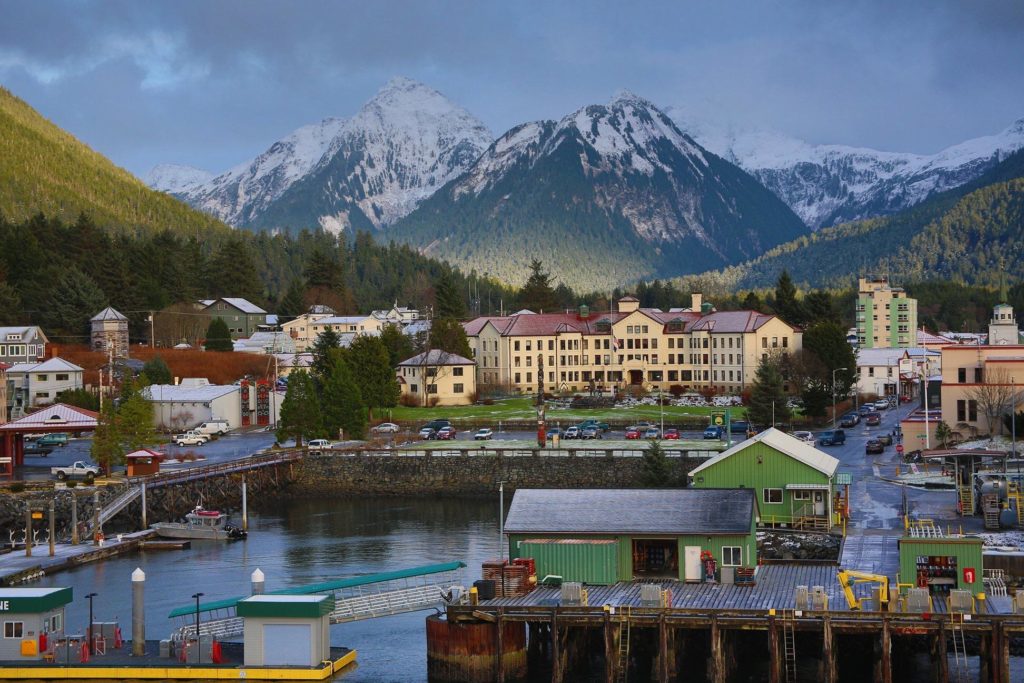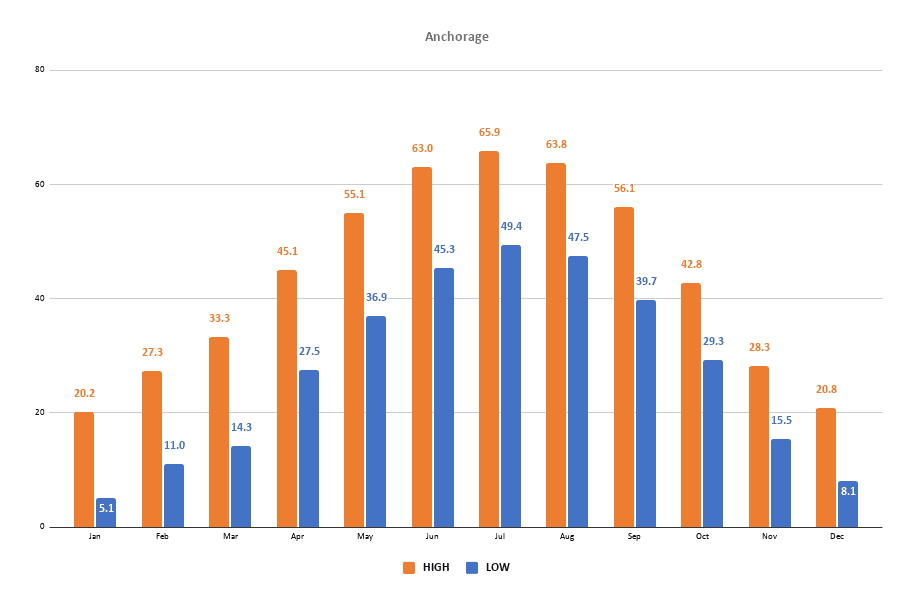Table Of Content
The weather in Alaska can be quite unpredictable, so you'll want to be prepared for a range of temperatures. It's recommended to bring items such as a waterproof jacket, sweater or fleece, long-sleeve shirts, and comfortable pants or jeans. Don't forget to pack a hat and gloves as well, as it can get chilly, especially when you're out on the deck of the ship. In conclusion, a May cruise in Alaska promises an unforgettable experience filled with natural wonders, wildlife encounters, and cultural enrichment. So, get ready to embark on a journey that will leave you with lifelong memories of the awe-inspiring beauty of the Last Frontier.
Benefits of Alaska Travel in May:

Overall, it is important to research and familiarize yourself with the specific rules and restrictions of the cruise line you will be traveling with. They will often provide a list of prohibited items on their website or in pre-cruise documentation. By following these guidelines, you can ensure a safe and enjoyable cruise experience to Alaska in May. As the captain of this incredible website, my mission is to provide you with the ultimate sailing experience. Set sail on a journey of discovery with us and indulge in the perfect mix of adventure and relaxation. Our handpicked cruises offer unparalleled luxury and unforgettable destinations.
Day Alaska Round-Trip Seattle: Glacier Bay, Skagway & Juneau
The temperatures in September are slightly cooler, with highs of 55 and lows around 40 degrees fair height. During this month, you can expect the weather begins to cool, higher rainfall, and gorgeous fall landscapes. July is an ideal month to visit for salmon fishing, cultural festivals, bear viewing, and small-town exploring. With the popularity of July cruising, cruise prices are at their highest. Many cruise ships begin their summer deployments to Alaska in May before peak season begins in June.
Alaska Weather in July:
What to Pack for An Alaskan Cruise: A Complete Checklist - Travel + Leisure
What to Pack for An Alaskan Cruise: A Complete Checklist.
Posted: Thu, 18 Apr 2024 21:11:15 GMT [source]
Packing-wise, you’ll still want to bring a raincoat, but you can probably leave your winter coat home if you are cruising in June. When it comes to Alaskan cruises, balcony cabins come at a premium. You can save money by opting for an inside or an oceanview cabin. However, the views and ability to go sightseeing from your room on ocean days make the higher price worth it.
Whether you’re sybarite or not, it’s impossible to deny how thrilling it is to discover a new place’s gastronomy. Homer is famous for being a “foodies town.” Those visiting Alaska in May are lucky to be on time to enjoy A Taste of Homer. The festival reunites Homer’s best restaurants so you can delight your palate with exquisite dishes. There’ll be a huge variety, from decadent seafood to succulent burgers. The Juneau Maritime Festival is an annual celebration that pays homage to the rich maritime heritage that has shaped the identity of this coastal community.
New To Cruising
You also might see fuzzy harbor seal pups and sea lion pups (born in June and July) warming themselves on rocks with their mothers. Add high-powered binoculars to your Alaska packing list to ensure that you get to see all of the wildlife possible. You might see bears that are continuing to fatten up before hibernation. Humpback whales have yet to begin their migration to warmer waters, so you will still be able to see them, especially in early August. In August, the wildlife can sense that winter is on its way, and activity picks up to prepare for the months of cold, snow, and darkness. The loss of daylight does mean you could see the Aurora Borealis while cruising to Alaska in late August.
The worst months to cruise to Alaska - Royal Caribbean Blog
The worst months to cruise to Alaska.
Posted: Mon, 18 Mar 2024 07:00:00 GMT [source]
With only 12 hours of sunlight, temperatures range from around 43 degrees to the mid-50s. These new, cooler climates encourage Alaska’s famed wildlife to begin preparing for hibernation. Gaze at the water’s surface as thousands of bald eagles congregate to enjoy the final salmon of the season. Ketchikan, a popular stop for cruise ships, is one of the rainiest places in North America.

The weather in Alaska during May varies significantly across different regions, reflecting the state’s vast and diverse landscapes. In any case, when I went to Alaska in May, the weather on the vast majority of Alaska days was pretty good. If your itinerary includes stops in Anchorage, Seward, or Whittier, you might experience rougher seas as you cross the Gulf of Alaska in September. Birds also haven’t started their migration, so you can spot both songbirds and seabirds as you cruise along the coast.
Also, I consider May better because of few children as school is still in session. We’re more swayed towards May because we’re familiar with Sapphire Princess. I have gone Mid-May many times and they have all been wonderful.
It’s also the best month to witness the migration, as herring, humpbacks whales, and birds move to Alaska for the warmer months. Since most people visit by road or cruise ship, they won’t hit the coldest spot much further south. There’s a misconception that the best time to cruise Alaska is summer.
Donning subtle notes of the sea, the silver salmon is one of the most sought-after fish and just so happens to be most fruitful this time of year. With lows in the upper 40s and highs of around 60, you’ll feel refreshed and eager to explore the captivating wonders of Alaska. Pack your sunglasses, sunscreen, and your bathing suit for a top-deck dip after your shore tour. It has the least rain (less than 7.5 inches in Ketchikan), long days (17 to 18 hours of daylight), and a warm climate. If you travel up into the hills or mountains on a shore excursion, it’s common to find snow still on the ground. As such, you’ll want to pack waterproof hiking boots and warm, waterproof layers (don’t forget gloves and hats) to handle any wet or chilly spring weather.
Nights are still long enough to possibly see the northern lights, while days are getting longer and animals are beginning to stir. The annual early spring Pacific herring migration makes for optimal wildlife viewing opportunities, as humpback whales and orca seek out the abundant fish. Hungry bears awake from hibernation and also go looking for food.

No comments:
Post a Comment